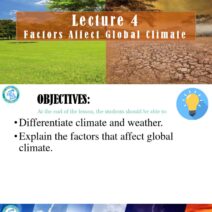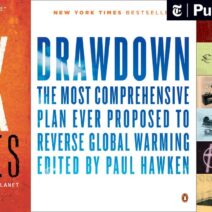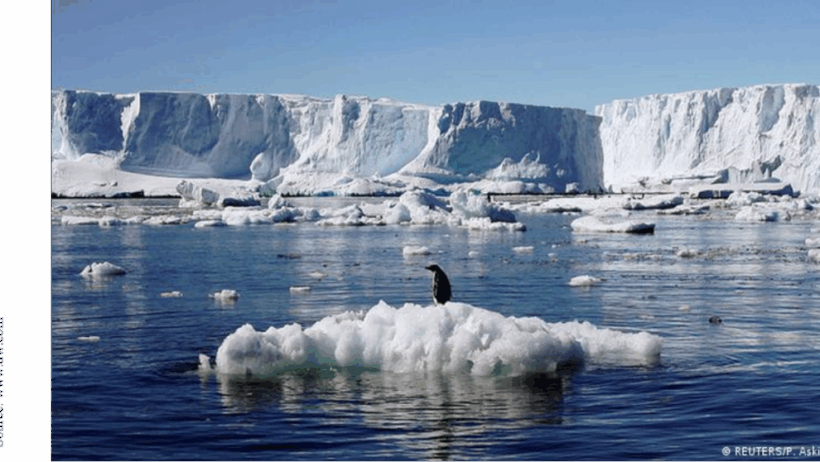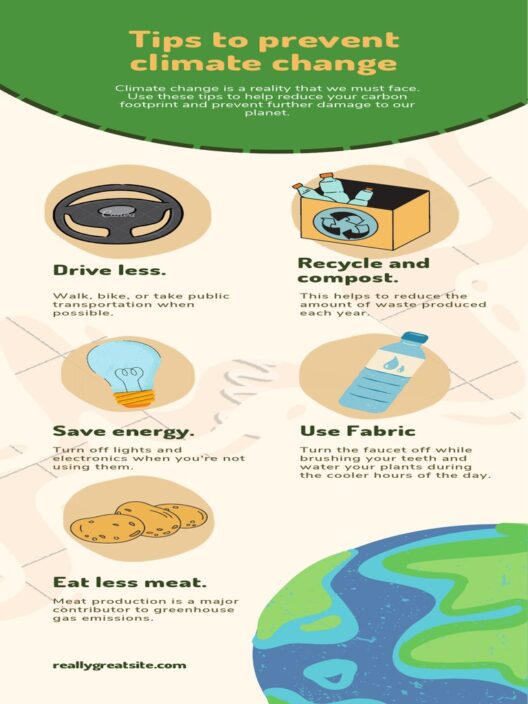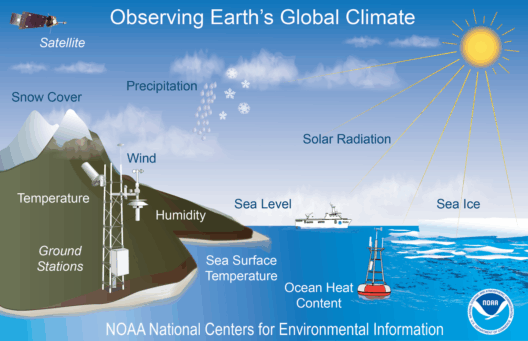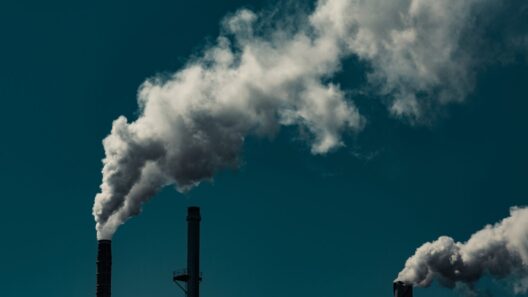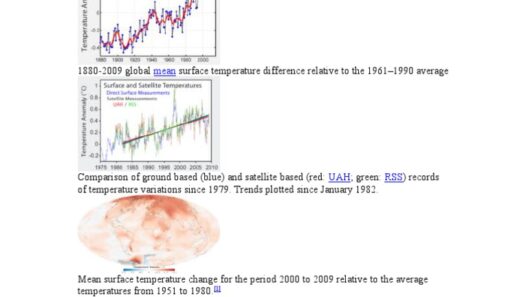Global warming is not just a distant threat; it is a current reality that is reshaping our environment in profound ways. As the planet’s average temperatures rise, the corresponding reactions within ecosystems are consequential and multifaceted. Have you ever wondered how a single degree increase in temperature can ripple through the intricate web of life on Earth? The complete picture of these transformations reveals both delicate balances and daunting challenges.
The ramifications of global warming span a wide spectrum—from melting ice caps to altered weather patterns, each effect interconnects with our planet’s intricate ecosystems. This exploration delves into the many ways global warming impacts nature, highlighting the urgency for collective action.
Natural Disasters: Amplified Frequency and Intensity
One of the most glaring repercussions of global warming is the escalation of natural disasters. The energy retained in a warming atmosphere fuels extreme weather conditions, leading to more ferocious hurricanes, tornadoes, and heatwaves. Areas previously shielded from such catastrophic events are now experiencing unprecedented ecological turmoil.
Imagine coastal communities bracing for increasingly violent storms; the destruction is not merely physical but ecological. Ecosystems that thrived in balance are disrupted when storms uproot trees, erode coastlines, and wash away critical habitats. In addition, the torrential precipitation leads to flooding, which can contaminate water sources and displace populations. Indeed, how can local communities adapt to thrive in these tumultuous conditions?
Changing Climate Zones: Shifting Habitats
As temperatures rise, climate zones that once defined flora and fauna are in constant flux. Species that have adapted over millennia to specific conditions are being forced to migrate to cooler areas, often resulting in habitat loss and increased competition. For instance, polar bears are straining to find stable ice to hunt seals, their primary food source, as the Arctic ice melts.
This transition doesn’t occur in isolation. The biodiversity of entire ecosystems is at stake as warmer temperatures cause plants and animals to bloom earlier or migrate later, disrupting the intricate timing of ecological relationships. Pollinators may misalign their life cycles with blossoming plants, jeopardizing food sources for both human and animal populations. Such disruptions in the food chain raise a question: Can we reconcile human activity with nature’s demand for equilibrium?
Oceanic Changes: Acidification and Temperature Rise
The world’s oceans, which absorb a significant portion of the excess carbon dioxide caused by human activities, are facing profound transformations. Ocean acidification—a direct result of increased CO2—affects the delicate balance of marine ecosystems. Coral reefs, often dubbed the “rainforests of the sea,” are suffering from bleaching events due to rising sea temperatures and acidity levels. What can we do to protect these irreplaceable ecosystems that serve as vital habitats for countless marine species?
The cascading effect of warmer oceans extends toward fisheries as well. As species migrate northward in search of cooler waters, local fishing industries may face challenges in preservation and sustainability. The economic implications are staggering, suggesting an urgent need for innovative management practices to ensure that marine resources are equitably shared and responsibly harvested.
Impact on Biodiversity: Threat to Species Survival
Species extinction is an ever-looming consequence of global warming. As habitats compress or dissolve under the onslaught of changing climates, the survival of many species hangs by a thread. The Endangered Species Act may not provide sufficient safeguards for organisms unable to adapt rapidly. These changes resonate deeply throughout ecosystems as entire species become endangered or extinct, triggering a domino effect that threatens the biodiversity necessary for ecological stability.
Consider the plight of amphibians; these sensitive creatures often serve as indicators of environmental health. Their decline signals issues further up the food chain that could compromise entire ecosystems. Diversifying approaches to conservation, such as habitat restoration and sustainable land use, becomes paramount. How can communities rally to foster environments in which diverse species can flourish?
Human Health Risks: The Overlapping Crisis
The escalating temperatures also have direct and indirect effects on human health. Heatwaves can be deadly, exacerbating pre-existing health issues and putting vulnerable populations at heightened risk. Moreover, the expansion of vector-borne diseases, such as malaria and dengue fever, can be traced back to climatic changes, particularly in tropical and subtropical regions.
Municipalities need to adopt adaptive strategies that incorporate public health initiatives in response to rising temperatures. Urban planning may need to embrace green spaces and improved infrastructure to mitigate heat islands in cities. Engaging communities in proactive health campaigns can help cultivate preparedness against rising health risks.
Final Thoughts: Navigating the Crossroads of Climate Action
The plight of global warming is not merely an environmental quandary but a complex tapestry woven with threads of social, economic, and health-related issues. Transitioning toward sustainable energy solutions, promoting biodiversity, and fostering community resilience are essential steps in navigating this multi-faceted challenge. Collective responsibility is vital; the synergistic effort of individuals, communities, and governments can work towards a common goal of a more sustainable future.
As we examine how global warming intricately connects to the environment, we uncover both the challenges and the opportunities for proactive discussion and actions. The question remains: what legacy do we wish to leave for future generations, and how can we work together to ensure it is one of hope rather than despair?
